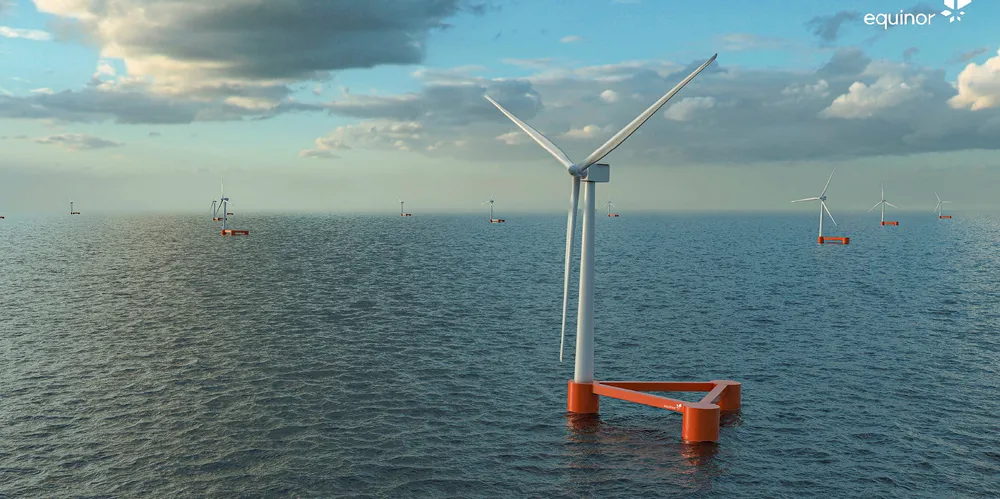Equinor lines up Technip Energies for South Korea Firefly floating wind giant design
French contractor will carry out engineering for platforms for 800MW project based on 'aligned' design of concept based on its INO15 concept and developer's Wind Semi

Norwegian energy major Equinor has signed French contractor Technip Energies to carry out lead-off engineering for the platforms for the giant Firefly floating wind project off South Korea, on track to be the world’s largest deepwater array.
The work, which will be based on Technip Energies INO15 concept “in alignment” with Equinor’s Wind Semi semisubmersible design, marks a significant milestone for the 800MW project planned slated to be online by 2027 off the coast of Ulsan.
“We are very happy to bring the combined experience of Equinor and Technip Energies from floating wind projects in harsh environments in the North Sea to the Firefly project; one of the first floating offshore wind farms in South Korea, one of the first large scale floating wind farms ever realised, and also the world’s largest floating wind farm when it starts operation,” said Do-Hyun Park, deputy project director for Firefly.
“This project will spearhead the Equinor Wind Semi, a floating substructure that builds on our combined experience, and is also well suited for the South Korean value chain. Together with Technip Energies we are confident we can find cost effective substructure solutions that also create strong opportunities for local value creations.”
Willy Gauttier, vice president Technip Energies offshore wind business, said: “We are building for the future in South Korea and have established a core team dedicated to floating wind.
“We have a long track record working with the local supply chain, having executed projects in Korea for many years. Our aspiration now is to contribute to building the floating wind industry in the country, fostering the energy transition.”
Floating technology is seen as a particularly attractive prospect for the South Korean market, given the better wind conditions in deeper waters further from shore and the lower level of potential conflict with other sea users.